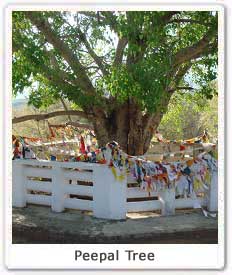
Paul Dundas wrote an illuminating essay (The Limits of a Jain Environmental Ethic, in Jainism and Ecology: Nonviolence in the Web of Life, ed. by Christopher Key Chapple, Cambridge Mass. 2002) warning about the risk to overestimate the 'ecological' commitment of Jainism and inspiring the following considerations of mine:
1. True, Jainists endorse ahiṃsā and include plants among living beings, but they do not share our contemporary concern for 'nature' as a whole. They focus on suffering individuals, and would not share our care for protecting a natural environment even at the expenses of some individuals living in it (for instance, we might decide to kill all wild dogs in the area of Canberra in order to preserve the Australian original habitat).
2. Nature (and even the sum of the individuals inhabiting it) is not something to be preserved in itself. One should strive for ahiṃsā in order not to accumulate new karman, not (only) for the sake of plants and microscopic organisms.
3. Points 1-2 entail no ethic evaluation. Ecology is part of the contemporary world view but the fact that we feel immediately close to it does not necessarily entail that it is the 'right' way to look at nature. In fact, the last century has –notwithstanding ecology– destroyed the natural world much more than the preceding eras.
(In the photograph: Jains avoid to swallow insects and other microscopic organisms by wearing these masks)







